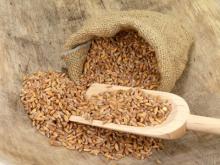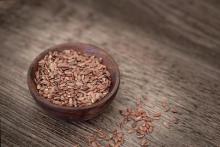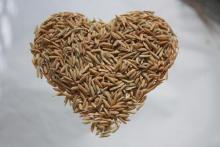Superfood 101: Wheat Berries!
Wheat berries are the true whole wheat. They are the complete grain that contains the bran, germ and endosperm. They can be grown into wheat grass, ground into flour or used as side dishes and in salads. They are rich in nutrients, making wheat berries a superfood that benefits the entire body. Wheat berries have several varieties; the Hard Red Spring and Hard Red Winter have a brown tint and are high in protein.





